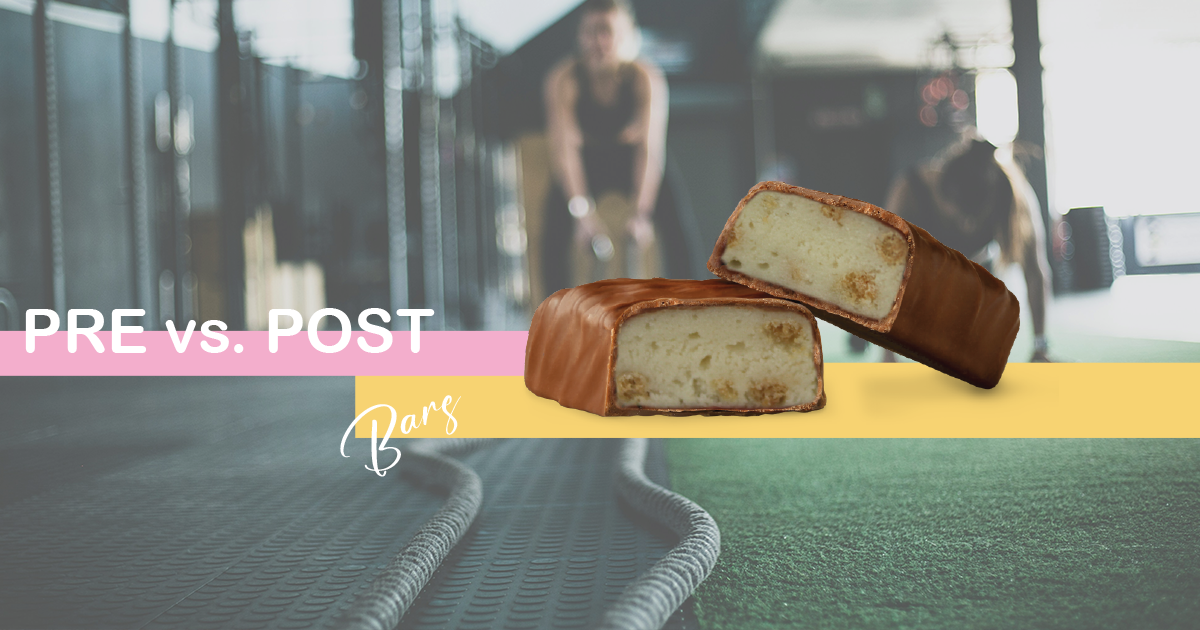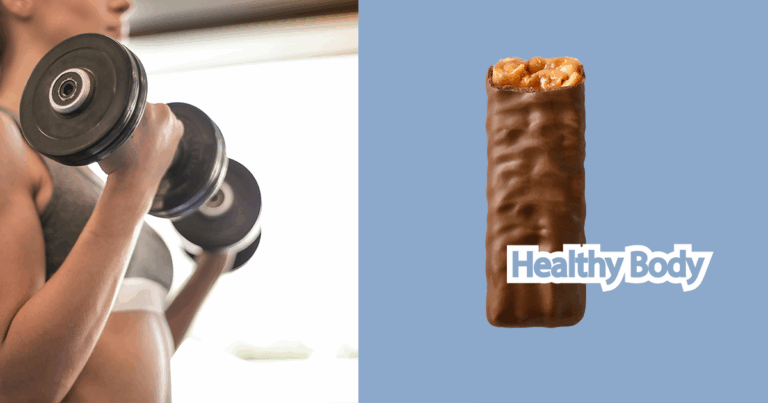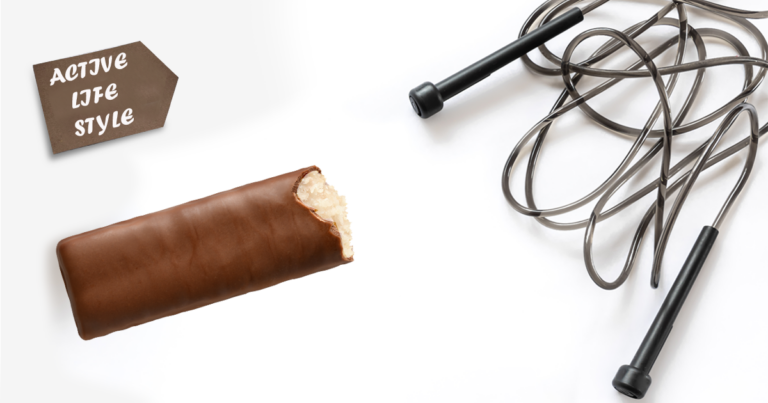Pre-Workout vs. Post-Workout Bars: What’s the Difference?
If you’re dedicated to training, chances are that you’ve noticed the wide variety of nutrition bars available at gyms, health food stores, and on the web. Of the most common types are pre-workout and post-workout bars. At first glance, they seem similar, but actually differ in both their purposes and compositions. Being aware of which to use – and when – will maximize your training, recovery, and overall outcomes.
In this article, we will breakdown the difference between pre- and post-workout bars, and why post-WB are instrumental in successful recovery.
What Are Pre-Workout Bars?
Pre-workout bars are designed to supply your body with energy before exercise. They’re meant to supply fast, long-lasting energy so you can perform at your best. They typically contain:
- Carbs for energy: Carbs are the first resort for fuel during exercise. A pre-workout bar will contain easily digestible carbs that won’t weigh you down.
- Moderate protein: Enough protein to support your muscles, but not excessive enough to weigh you down.
- Electrolytes and nutrients: Sodium, potassium, or even caffeine may be added to some pre-workout bars for enhanced endurance and focus.
Take a pre-workout bar 30-60 minutes before training and you’ll avoid fatigue, increase stamina, and keep your energy levels up.
What Are Post-Workout Bars?
Pre-workout bars prime the body for exercise, but post aid in recovery. After training, your muscles have exhausted glycogen stores and are crying out from micro-tears due to training stress. That’s what a post-workout bar is designed to fix.
The key components of a good post-workout bar are:
- Quality protein: This is used for repair and muscle building. Select a minimum of 15-20 grams of protein from sources such as whey, soy, or plant-based blends.
- Carbohydrates for glycogen replenishment: While training, your body uses carbohydrates to replenish energy reserves.
- Amino acids: Branched-chain amino acids (BCAAs) are included in some post-workout bars for faster recovery.
- Low fat content: While healthy fats are great in your regimen, too much fat after a workout slows down digestion, hindering the recovery process.
By consuming post-workout bars 30-45 minutes following a workout, you are giving your body what it needs to repair, rebuild, and strengthen.
Why the Timing Matters
The most important difference between pre-workout bars and post is time and purpose. Pre-workout bars are performance and energy, while post-workout bars are recovery and repair. Forgetting the right bar at the right time will have you tired in training or aching for longer afterwards.
For gym rats, athletes, or anyone looking to keep a steady routine of exercise, the choice of bar can be the difference between making or breaking the performance and result.
Conclusion
Pre-workout and post are both beneficial in a complete fitness plan. Pre-workout bars condition your body for maximum performance, and post-workout bars help your muscles heal as quickly and effectively as possible.
If your goal is to build strength, build endurance, or simply to feel good afterward from a workout, do not underestimate the energy of recovery nutrition. The next time you go to the gym, grab a pre-workout bar for energy – don’t forget to grab your post-workout bar to maximize recovery.







